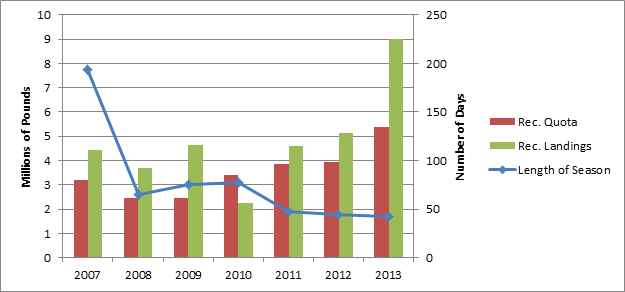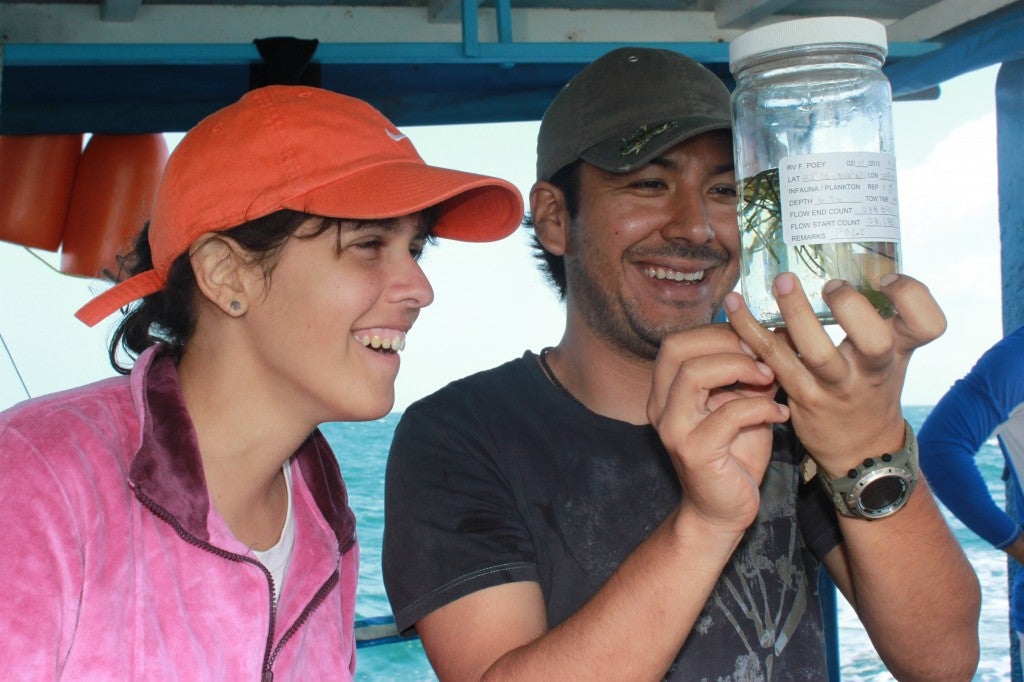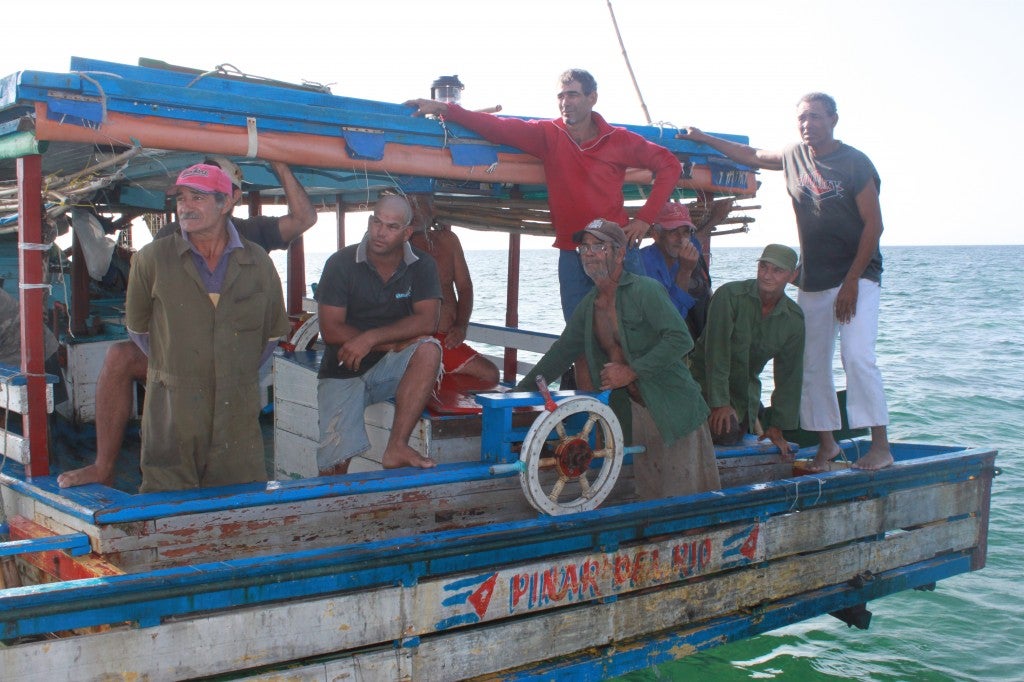
Fishing boat coming in from Galveston Bay.
Photo Credit: Roy.Luck
Galveston Bay is a busy body of water. It carries the traffic of the Houston Ship Channel. It is a popular recreation destination for fishermen and others. It not only serves as a home to birds and large marine animals, but also as a nursery ground for many important seafood species. It is the nation’s seventh largest estuary and among them the second most important seafood producer, behind only the Chesapeake Bay.
The immediate effects of the oil spill on March 22, 2014, are visible in the oil sheens and tar balls floating in the water and the “oiled” birds and animals that crews are trying to help. But, we can’t see how this heavy marine fuel, containing toxic chemicals including polycyclic aromatic hydrocarbons (PAHs), is harming shrimp, crabs, oysters, red drum and other fish that call the waters of Galveston Bay home. This contamination can hang around for a long time. Studies from the 2010 Deepwater Horizon Oil Spill show that even in low concentrations PAHs can disrupt the development of fish and invertebrate larvae; and in high concentrations can be lethal. Recent reports of tunas susceptible to deformities from the 2010 spill attest to the potential risks long after the spill itself is gone.
The timing of this spill is bad for several key species especially important to the seafood industry and consumers. Brown shrimp have already spawned offshore, and March is the month when the young ride tides coming back inshore to settle in seagrass beds and marshes, habitats that are their nurseries – and where the water is now contaminated with oil pollution. The young are especially vulnerable from now until about May or June. Young blue crabs that settled during the winter in Galveston Bay are also in danger, as are baby fish; including Gulf menhaden, a large harvest in the region’s fishing industry and a fish that is a vital food for larger fish and other animals. Marine life in the way of the oil is dying; and those not killed are exposed to toxic chemicals that could impair their reproductive potential, and some fish that feed on worms in bottom sediments may acquire and carry toxics in their tissues. The seafood “crops” in the area could well be reduced.
Anyone who has been to Galveston Bay has seen the many dolphins are other large marine life that frequent the area and eat these other fish. As these contaminants enter Bay food chains our concern turns not only to how these animals are affected by the spill in the short term, but also to their longer-term health, and even to whether or not seafood species that live there could constitute a human health risk that must be guarded against into the future. Read More »
 “I learned about sustainability that if you catch too many fish, you’ll catch them faster than they can reproduce … and there won’t be any more fish.”
“I learned about sustainability that if you catch too many fish, you’ll catch them faster than they can reproduce … and there won’t be any more fish.”













